President’s message: Transparency in the race to net zero
Reliable Controls president Tom Zaban explores how we can help you foster transparency in the race to net zero.




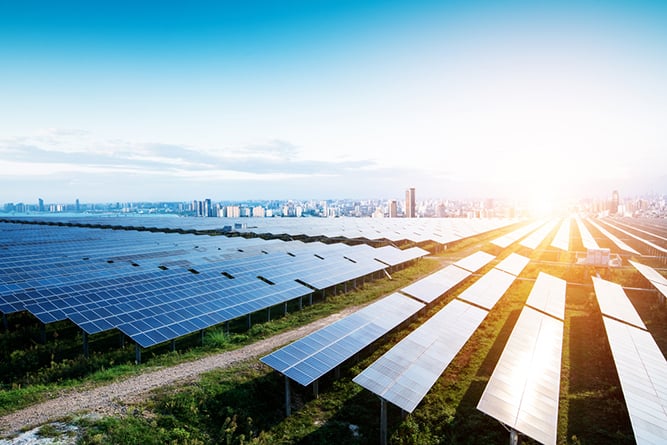
Decades after the discovery of the photoelectric effect, the world is finally edging toward solar photovoltaics as a favored source of renewable energy. We’ve come a long way in our quest to go solar.
As early as the seventh century BC, humans are believed to have used magnifying materials to amplify sunlight to spark fires; later, the Greeks and Romans harnessed solar power to light torches for religious ceremonies. Thousands of years before the era of photovoltaic (PV) technology, we were manipulating the sun to provide power.
Photovoltaics is the conversion of light into electricity using semiconducting materials that exhibit a phenomenon known as the photoelectric effect, which causes them to absorb photons of light and release electrons. When these electrons are captured, an electric current results that can be used as a source of power.
The photoelectric effect was discovered in 1839 by French physicist Edmond Becquerel (Figure 1). Experimenting in his father’s laboratory at age 19, Becquerel created the first PV cell by using silver chloride to coat platinum electrodes; once the electrodes were illuminated, voltage and current were generated. Many others built on Becquerel’s work, including Charles Fritts, who is credited with creating the first working selenium cell in 1883.
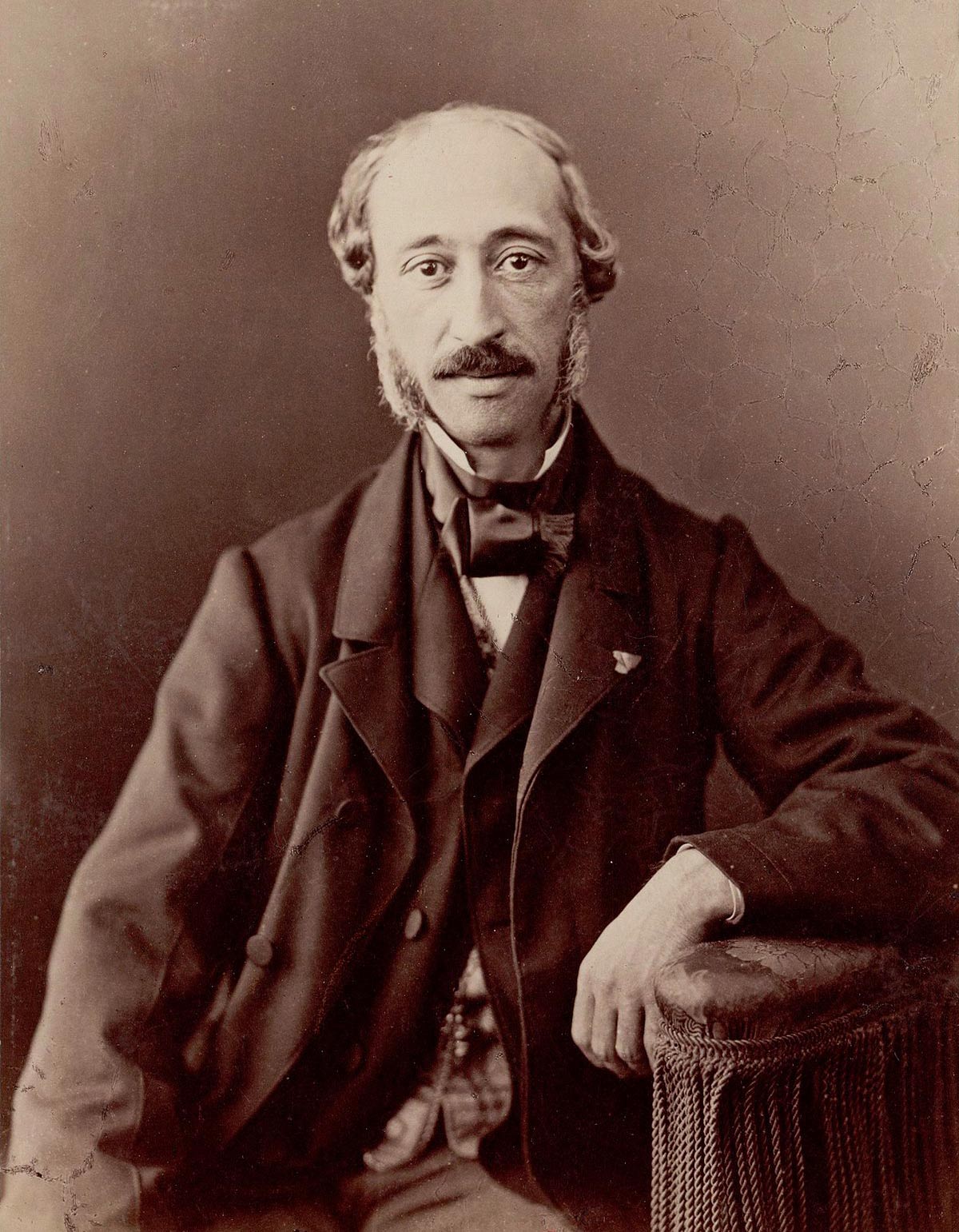
Figure 1: Edmond Becquerel.
In 1905 Albert Einstein described the nature of light and the photoelectric effect on which PV technology is based using a concept put forward by Max Planck: that light waves consist of tiny bundles or packets of energy, which Planck called quanta. Planck theorized that the energy in each quantum of light was equal to the frequency multiplied by a constant, later called Planck’s constant. Because a low-frequency beam could not build up the energy required to produce photoelectrons the way it would if light’s energy were continuous like a wave, Einstein proposed that a beam of light is not a wave propagating through space but rather a collection of discrete wave packets, or photons. A photon must have a certain minimum frequency before it can liberate an electron. This discovery led to the quantum revolution in physics and earned Einstein the Nobel Prize in 1921.
Solar panels utilizing photovoltaic energy are used in satellites and space stations. The Vanguard 1 in 1958 was the first satellite to use solar panels (Figure 2).
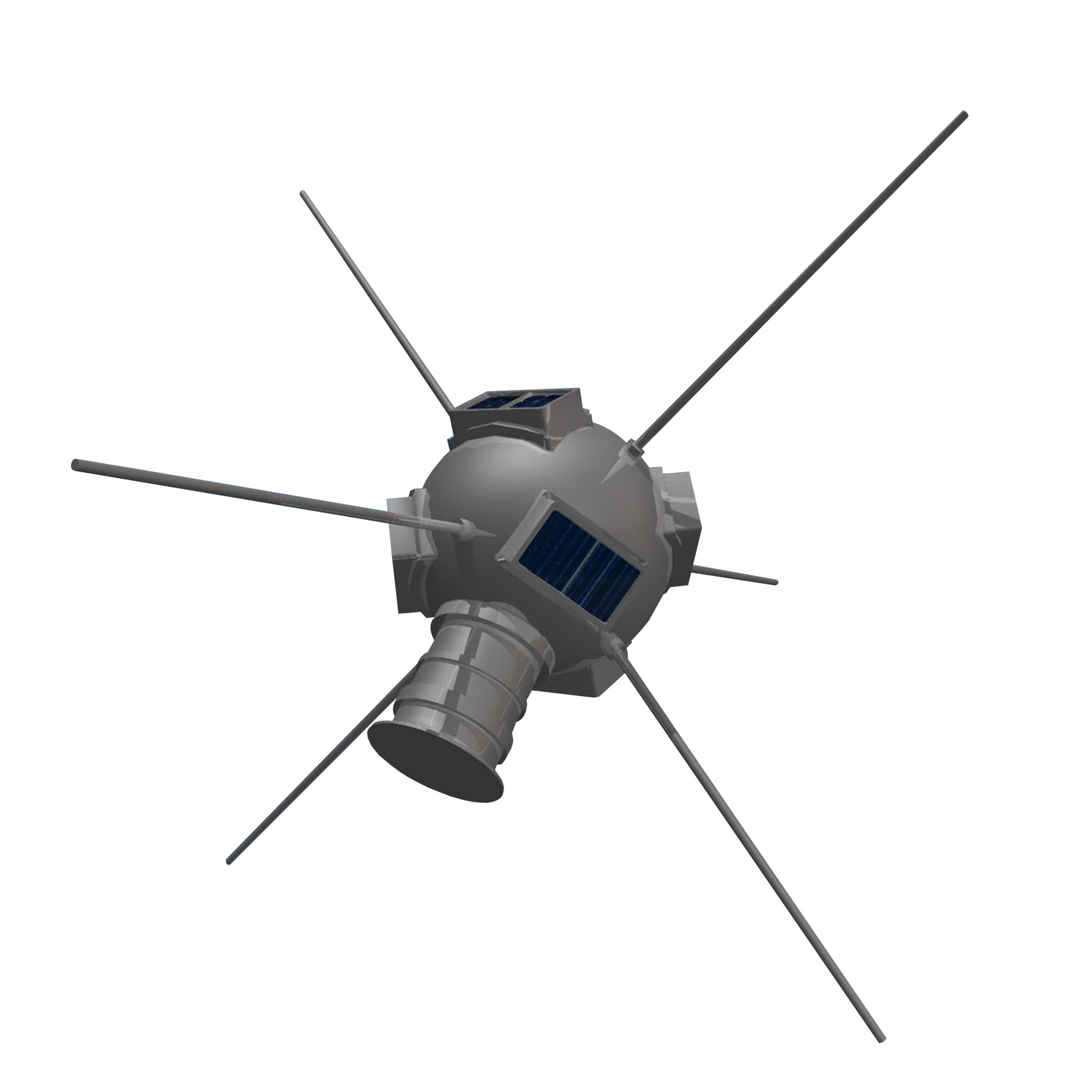
Figure 2: Vanguard 1 satellite.
The first PV module was built by Bell Laboratories in 1954, billed as a solar battery and mostly just a curiosity as it was too expensive to gain widespread use. In the late 1950s and throughout the 1960s, the space industry made serious use of PV to provide power aboard spacecraft (Figure 2). Through space programs the technology advanced, its reliability was established, and the cost began to decline. During the energy crisis in the 1970s, PV gained some wider recognition as a feasible power source. And in 1973, the University of Delaware constructed the first solar building, “Solar One,” which operated on a hybrid supply of solar thermal and solar PV power (Figure 3).
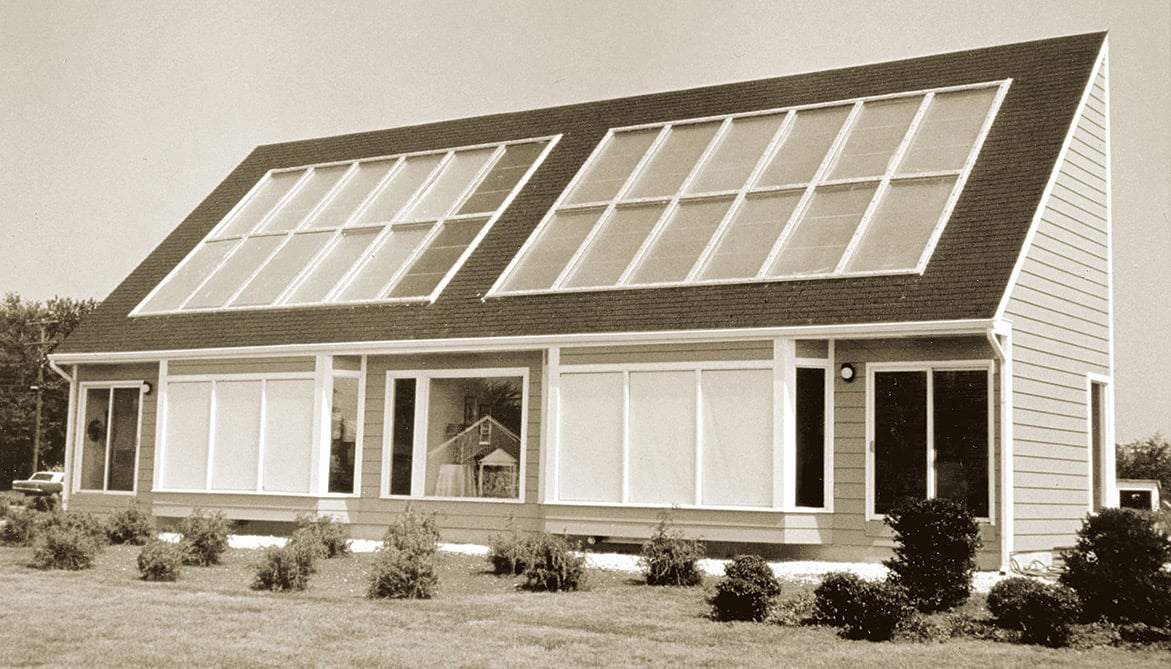
Figure 3: The first solar building, Solar One, at the University of Delaware.
Since the late 1950s, researchers have made great strides in PV efficiency, and prices for solar panels have dropped substantially over the past few decades. Today the use of solar power spans industries and is gaining popularity due to a number of other social and economic factors, including its diverse applications and the need to reduce greenhouse gas emissions.
A single PV device is called a cell, made from semiconductor materials such as silicon. Individual cells come in many shapes and sizes, from smaller than a postage stamp to several inches across, and they produce between 1 and 2 watts of power. In a solar cell, a semiconductor wafer thinner than four human hairs is specially treated to form an electric field, positive on one side and negative on the other. When light energy strikes the solar cell, electrons are knocked loose from the atoms in the semiconductor material. If electrical conductors are attached to the positive and negative sides, forming an electrical circuit, the electrons can be captured in an electric current. This electricity can then be used to power a load such as a light or motor.
To boost power output, cells are connected in chains that form larger units, known as modules or panels. Modules can be used individually, or several can be connected to form an array. One or more arrays is connected to an electrical grid as part of a complete PV system. Because of its modular structure, a PV system can be built to meet almost any electric power need. The operation of a basic PV cell is illustrated in Figure 4.
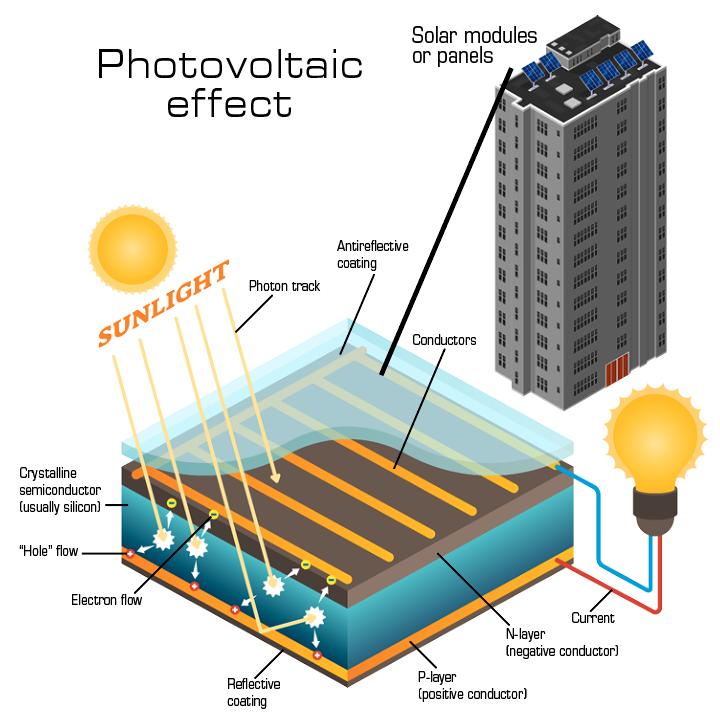
Figure 4: How a solar panel works.
To withstand outdoor elements, solar cells are sandwiched between protective materials made of glass and plastics, electrically connected and mounted in a support structure or frame to make a PV module. Modules supply electricity at a specific voltage, such as 12 VDC for example. The current produced is dependent on how much light strikes the module. In general, the larger the area of a module, the more electricity is produced.
PV modules and arrays are just one part of a PV system, which also includes mounting structures that point the panels toward the sun and components that convert the direct-current (DC) electricity produced by modules into the alternating-current (AC) electricity used to power the appliances and devices in a home or office.
Most PV devices today use a single junction, or interface, to create an electric field within a semiconductor. In a single-junction cell, only photons whose energy is equal to or greater than the band gap (see Figure 5) of the cell material can free an electron for an electric circuit. In other words, the PV response of single-junction cells is limited to the portion of the sun’s spectrum that has energy above the band gap of the absorbing material. Lower frequency photons are not used.
Two or more cells with more than one band gap and more than one junction can be used to generate a voltage; they are referred to as multijunction cells. The top cell captures the high-frequency photons and passes on the rest to be absorbed by lower-band-gap cells. Multijunction devices can achieve a higher total conversion efficiency because they can convert more of the energy spectrum of light to electricity.
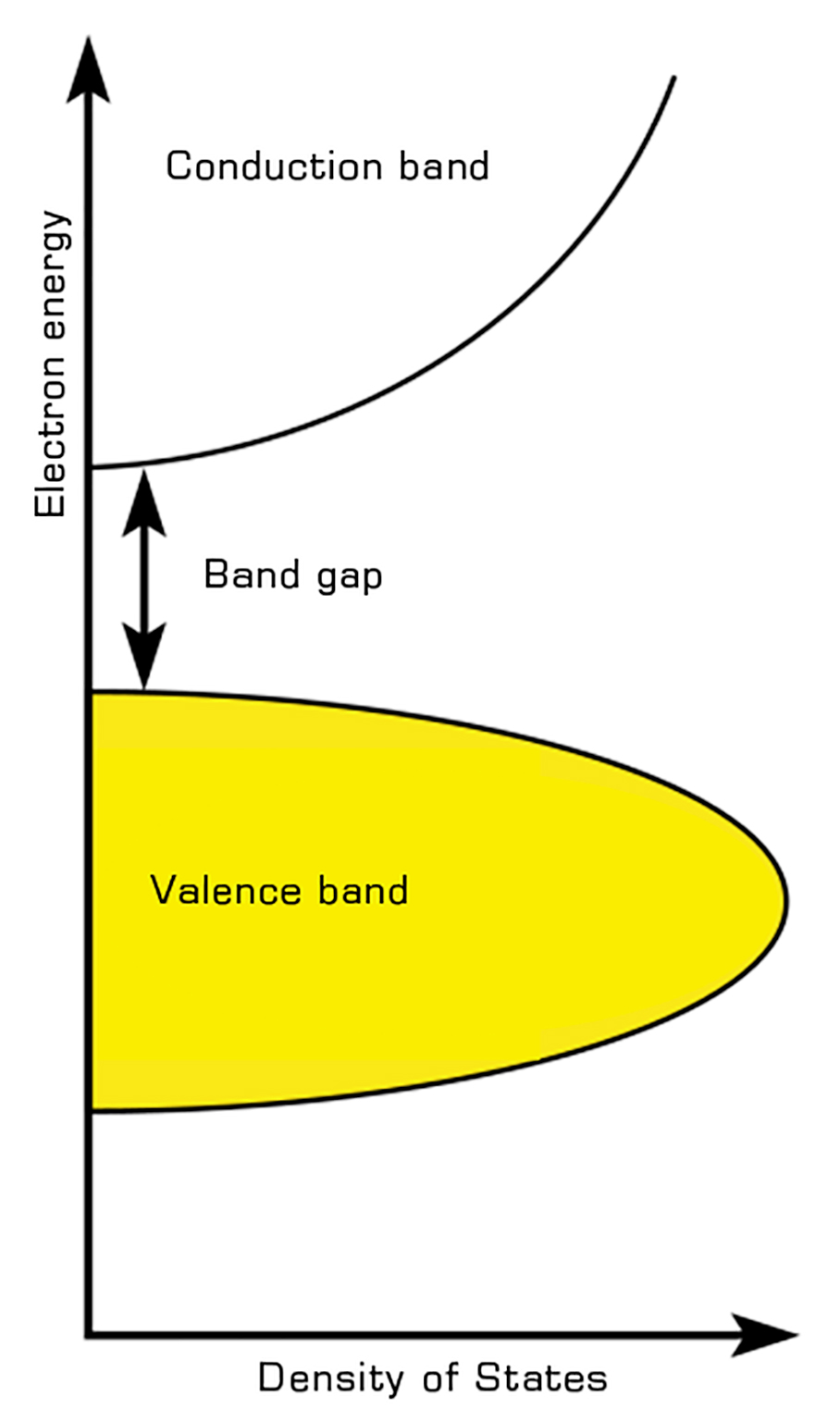
Figure 5: Band gap: the energy range in a solid where no electron states can exist.
Solar Star PV power station in California, the largest PV system in the United States, produces 579 megawatts of electricity (Figure 6). When completed in June 2015, it was the world’s largest solar farm in terms of installed capacity, using 1.7 million solar panels. Today, the world’s largest PV plant is Tengger Desert Solar Park in Zhongwei, Ningxia, China, which covers an area of approximately 43 km2 with a peak power output exceeding 1,547 megawatts.
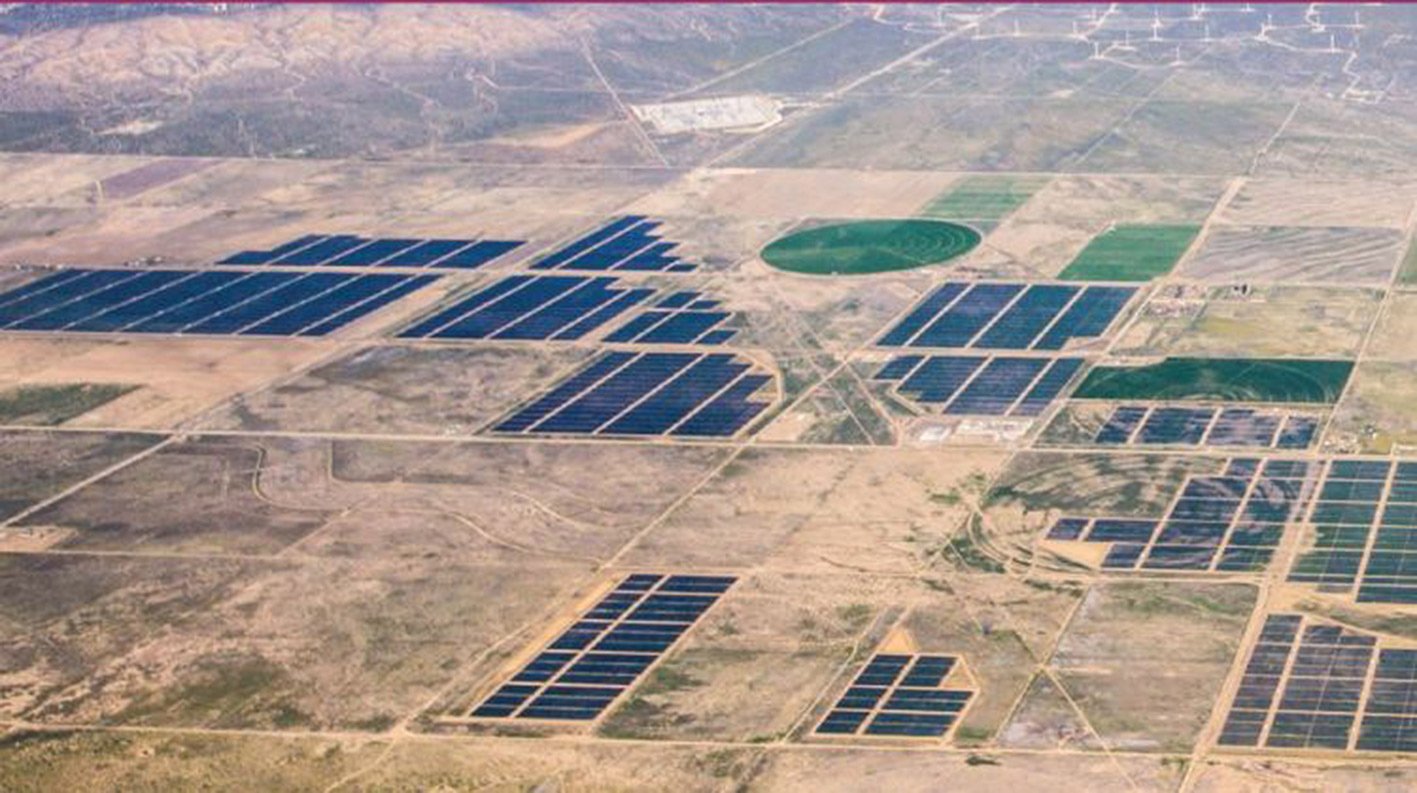
Figure 6: Solar Star photovoltaic power station near Rosamond, California.
Once a PV system is installed and operational in a building, managers and operators can use a building automation system to monitor and track the energy it produces. The Reliable Controls system enables a simple BACnet connection to energy meters to provide owners and operators with the data they need to capture the potential of their investment. Using RC-Archive® and RC-Reporter®, facility managers can measure and analyze building data to determine exactly when and where energy is consumed—and wasted.
Commercial buildings consume a significant portion of the world’s energy and are responsible for nearly 40 percent of global greenhouse gas emissions, according to the World Green Building Council, so increasing their efficiency with clean-energy production not only improves their bottom line but also benefits the aim of decarbonizing the built environment. PV systems are a good investment in terms of property value and reducing environmental costs. In commissioning an energy efficient building with the goal of net-zero consumption—producing an amount of renewable energy on-site equal to the amount of energy used on an annual basis—building managers can now consider PV technology as a viable component.
I have no doubt that we will be successful in harnessing the sun’s energy... If sunbeams were weapons of war, we would have had solar energy centuries ago.
—Sir George Porter, co-recipient of the 1967 Nobel Prize in Chemistry
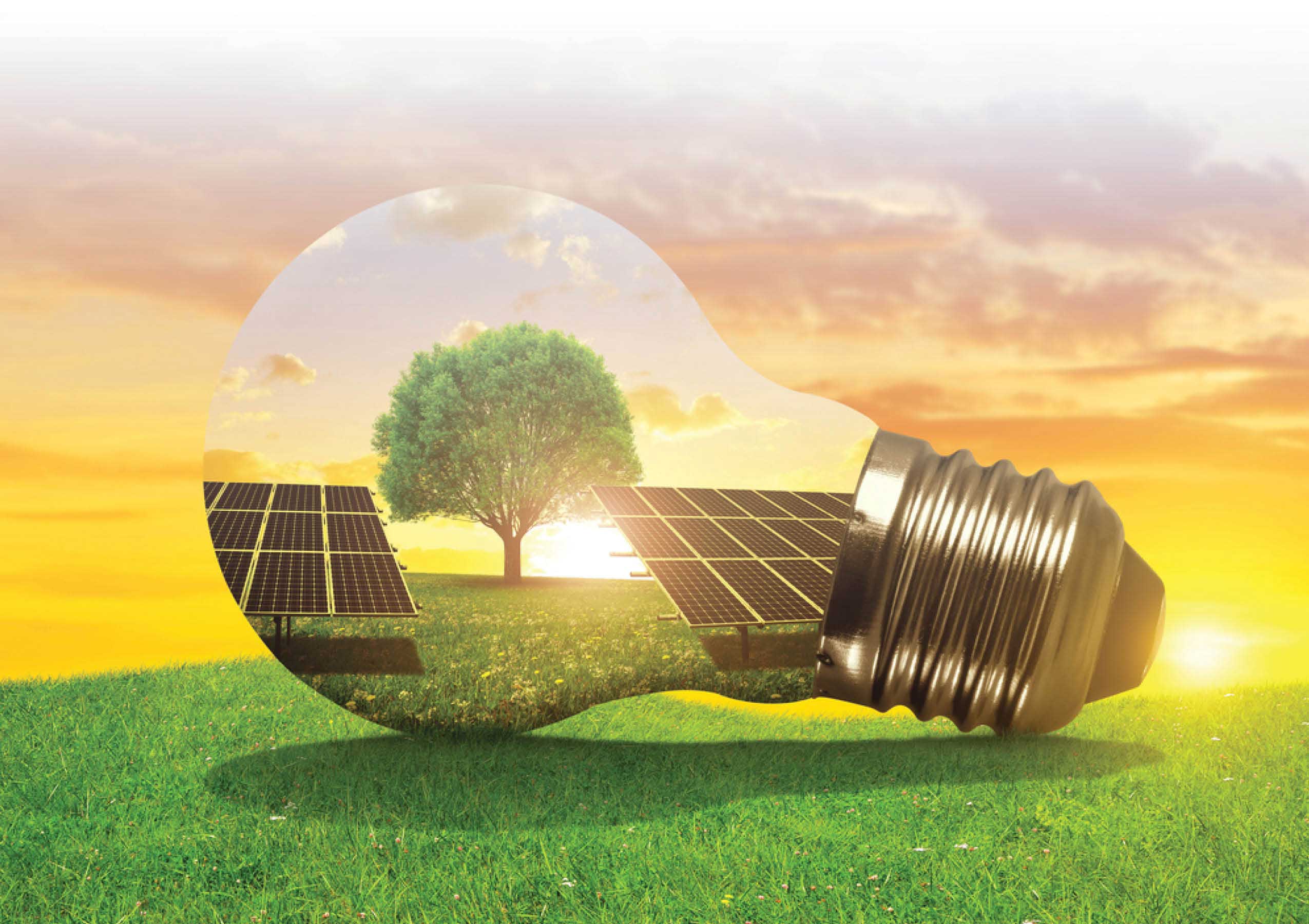

Reliable Controls president Tom Zaban explores how we can help you foster transparency in the race to net zero.

Reliable Controls president Tom Zaban reflects on 30 years of the BACnet protocol.

Celebrating nearly 25 years of RC-Studio, the backbone of our suite of building automation tools.

Learn how Reliable Controls promotes a circular economy, starting with design choices.

Learn about encouraging outcomes of the UN Climate Change Conference and how building automation plays a critical role in achieving global decarbonization goals.

What does a Zamboni have in common with an arena's ventilation system?

When every second matters, players should be set up for success. The building automation system can do just that.

Discover particulate matter. Why does it matter, and how can you measure it?